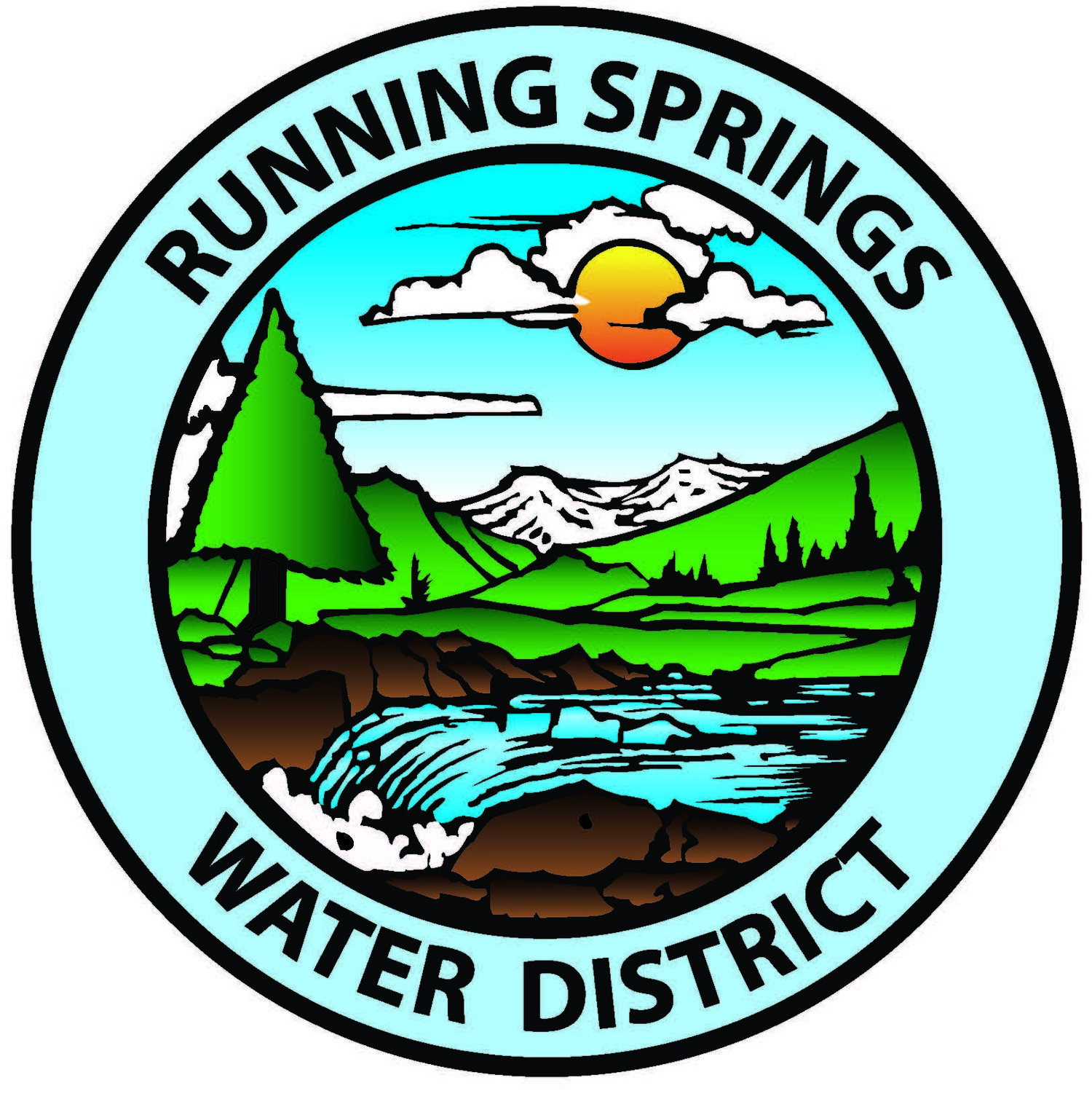News & Info:
District Long Range Planning Process
The Running Springs Water District has undertaken a long range planning process that consists of conducting and updating a Long Range Water and Wastewater Master Plan (Water and Wastewater Master Plan) and a Long Range Financial Master Plan (Financial Master Plan). This long range planning allows the District to identify long range water and wastewater infrastructure improvements needed and to determine how to finance the cost of these improvements. Long range planning generally considers District needs for the next twenty years, with a more specific focus on work to be undertaken during the next five years.
This long range planning information is then used in developing the projects to be budgeted for and undertaken each year through the annual planning process.
-
The Water and Wastewater Master Plan, under development at this time, will identify the current and future capacity needs of the District’s water and wastewater systems, and will assess the condition of the existing infrastructure. System capacity and reliability will then be considered in establishing a prioritized listing of system improvements needed. Specific topics considered in the Water and Wastewater Master Plan include:
-Water Demand and Sewer Flows
-Raw Water Supply
-Water Distribution
-Wastewater Collection
-Wastewater Treatment
Cost estimates and a schedule for improvements will be developed. This cost and schedule information will then be further considered in the development of the Financial Master Plan.
The Water and Wastewater Master Plans were completed in 2010.
-
In 2019 the District conducted a comprehensive rate study and prepared a Water and Wastewater Financial Plan, Rates and Capacity Fees, and a Fire and Ambulance Financial Plan. The District continues its focus on maintaining the necessary cash fund balances for the financial stability of the District and has adopted a Cash Reserve Policy as a guideline to achieve minimum cash balances in each of its reserve funds. The District’s Cash Reserve Policy is a guideline for the priorities of operational revenue sources with the Operating Funds receiving the highest priority. After operational costs and debt service are covered, any free cash flow from operations moves into the Capital Improvement Funds up to an amount equal to annual depreciation plus 10%. Any remainder goes to the Rate Stabilization Funds for a balance not to exceed 20% of annual budgeted revenue.
2019 Water and Wastewater Rate Study and Fire and Ambulance Financial Plan
